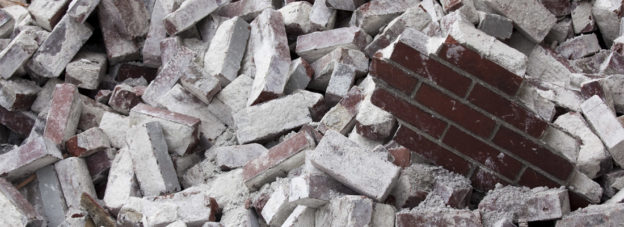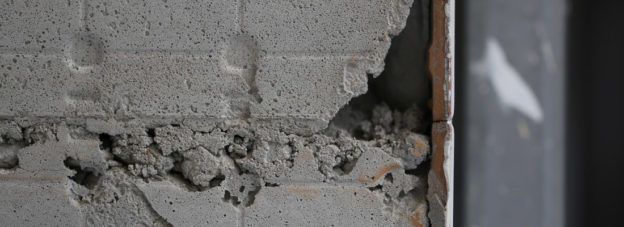In a recent unpublished opinion, Hale v. Bassette, No. HHD-CV-20-6124046-S, 2022 Conn. Super. LEXIS 2292, the Superior Court of Connecticut held that the plaintiff was entitled to recover building code upgrade costs associated with repairing a 150-year-old home damaged by the defendant’s negligence. In reaching its decision, the court applied the eggshell plaintiff doctrine, a legal principle that is more commonly applied in personal injury actions. The doctrine says that a negligent defendant takes the injured plaintiff as he or she is found, making the defendant responsible for any injury that is magnified by the plaintiff’s pre-existing condition or injury. The court found the fact that the home was 150 years old and susceptible to greater damage did not relieve the defendant of its obligation to make the plaintiff whole.







